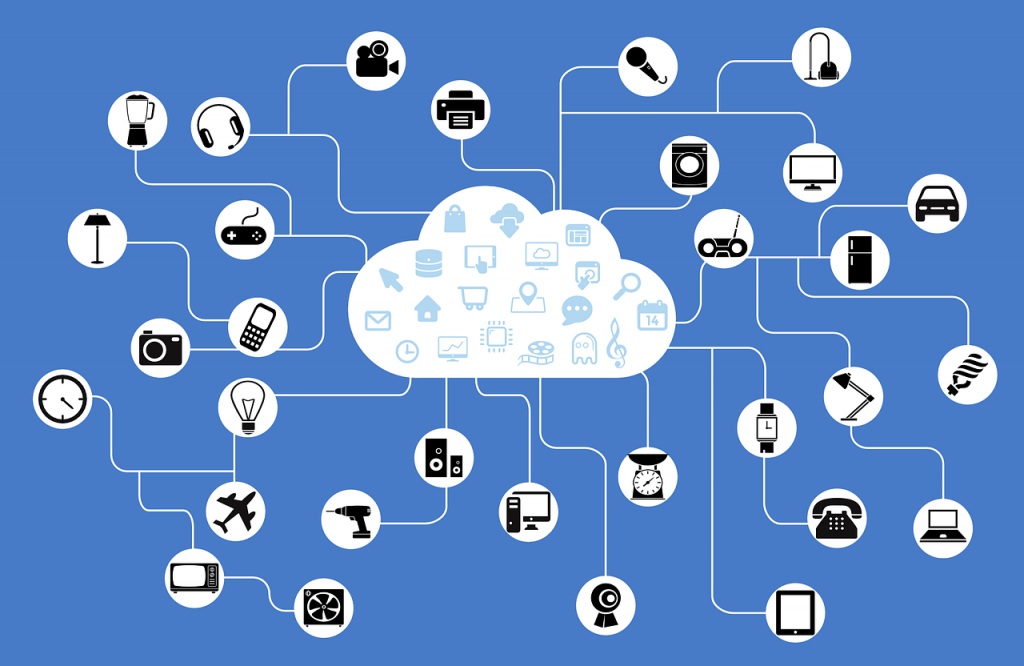A large part of the Internet of Things are wireless transceivers combined with sensors, which can exist in almost anything physical – devices, machinery, infrastructure, even clothes. Normally, saying “wireless transceiver combined with sensors” every time would be at least awkward, so such a bulge of the IoT is called a mote. Every mote must have addressability, the state of being uniquely identifiable as well as traceable. The whole system that runs this is known as the Identity of Things (IDoT).
Our cars are already equipped with hundreds, if not thousands of sensors. Soon, they will communicate with the manufacturer for update checks, with other cars (V2V, or vehicle-to-vehicle), with the driver, of course (V2P, or vehicle-to-person), and with basically everything around them (V2I, or vehicle-to-infrastructure), which leads to the creation of IoV – Internet of Vehicles. Our health will be monitored constantly with dozens of both external and internal sensors. I’ve heard this being called BAN – Body Area Network.
Apparently, smart TVs and refrigerators are only an introduction to what’s about to come to our homes. Things like Internet-connected security systems, automation systems, robots, and many others are about to go through our doorstep. You’d like to watch the game or eat out? You’ll be notified which of your friends want to do the same thing, or if they already did it, so you can ask if it’s worth it.
You get the idea. In the end, we’ll have the Internet of Everything (IoE), which takes us to a new level and surpasses the nature of IoT where only machines will communicate with each other. We’re also part of the equation. Welcome to the future, stay connected.

Engineers turn to automated test equipment to save time
With engineers rushing tests in order to hit tight product deadlines, the market for test equipment that automatically detects faults in semiconductors and other components





